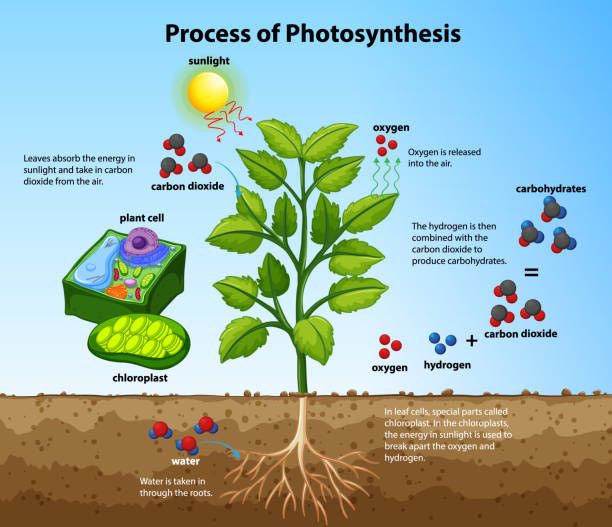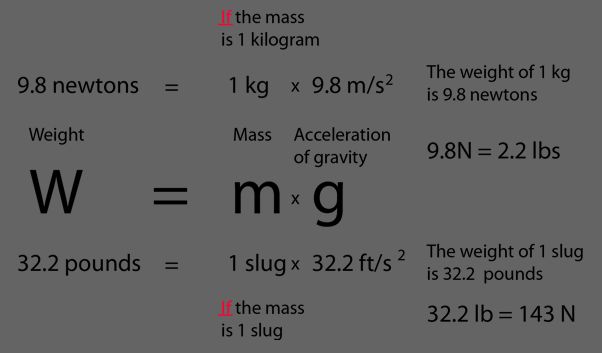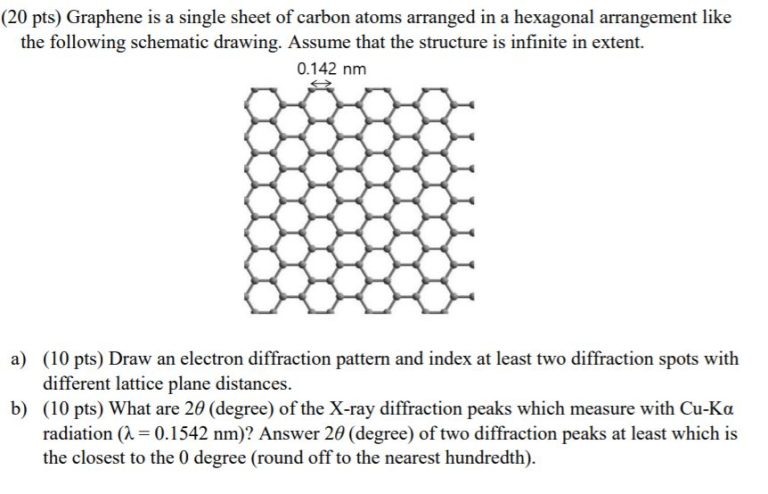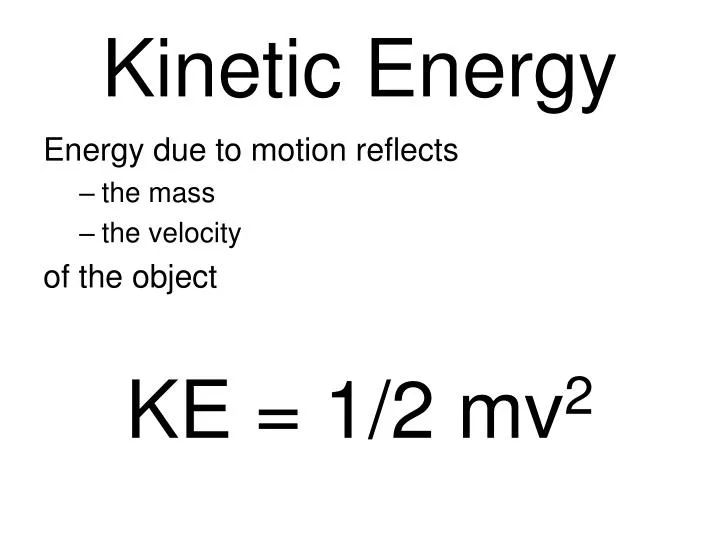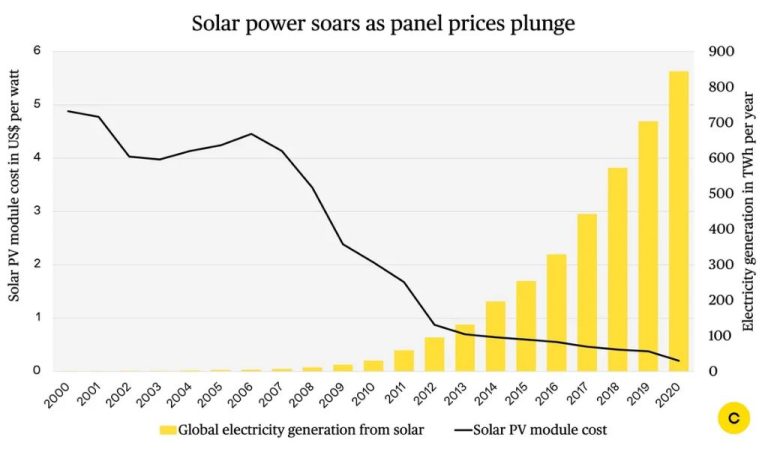What Is The Most Expensive Renewable Energy To Build?
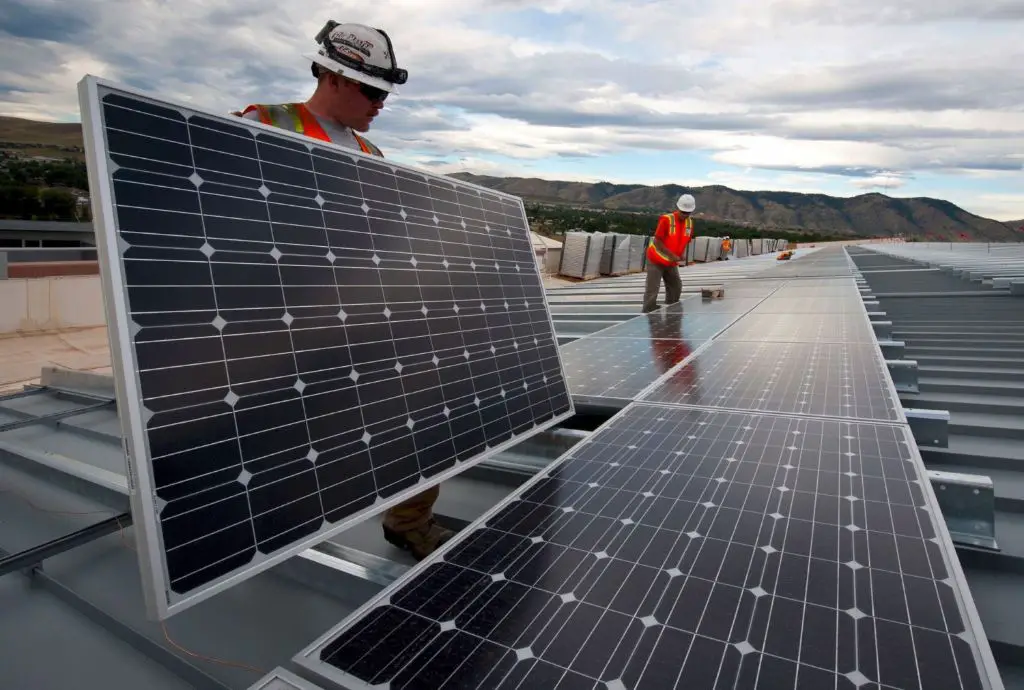
Renewable energy sources such as solar, wind, geothermal, hydropower and bioenergy are becoming increasingly important as countries around the world look to reduce reliance on fossil fuels and mitigate climate change. However, renewable energy projects often require high upfront construction costs compared to traditional power plants.
This article will examine some of the most common renewable energy sources and analyze the costs associated with building these projects. While fossil fuel plants can be built for less, renewables have far lower operating costs and environmental impacts over their lifetime. Understanding the full lifecycle costs is important when evaluating which energy sources to invest in.
Solar Power
Solar power refers to harnessing energy from the sun and converting it into electricity. There are two main types of solar power systems: solar photovoltaic (PV) and concentrated solar power (CSP).
Solar PV systems convert sunlight directly into electricity using solar cells made of semiconducting materials like silicon. Arrays of solar panels containing numerous solar cells are installed on rooftops or ground mounts to absorb sunlight. The key upfront costs for solar PV include purchasing and installing the solar panels, as well as ancillary equipment like inverters and wiring. According to this source, the average cost to install a solar PV system for a home is around $13,000-$21,000 after tax credits and incentives.
Concentrated solar power (CSP) systems use mirrors or lenses to concentrate sunlight onto a receiver, heating up a fluid that drives a steam turbine to generate electricity. CSP plants are much larger utility-scale systems. The main upfront costs are constructing the mirrors/lenses, receiver, steam turbine and generator, and associated infrastructure. According to this analysis, the typical capital cost for a CSP plant ranges from $4,000-$7,000 per kW of capacity, requiring large investments of $400 million or more.
Wind Power
Wind power harnesses the wind to generate electricity using large wind turbines. Wind turbines convert the kinetic energy in wind into mechanical power that runs a generator. There are two main types of wind farms: onshore and offshore.
Onshore wind farms are located on land and tend to have lower costs than offshore wind. The expenses involved in installing onshore wind turbines include purchasing the turbines, site preparation and road construction, foundations, electrical infrastructure, and grid connection. According to (Socio-economic) Lessons from Supporting Offshore Wind … by Linkedin, onshore wind power construction costs are around $1,300 per kW of capacity.
Offshore wind farms are built in bodies of water, usually oceans, lakes, and rivers. Offshore wind power has higher costs due to the logistical challenges of transporting and installing turbines at sea. Expenses include purchasing turbines, foundations, subsea cables, offshore substations, installation vessels, operations and maintenance costs. According to Neoen confirms its 2025 targets and plans to reach 20 GW … by Neoen, offshore wind power construction costs range from $2,500 to $4,000 per kW of capacity.
Geothermal
Geothermal power plants use steam or hot water from underground reservoirs to run turbines and generate electricity. To tap into these reservoirs, wells must be drilled 1-2 miles deep into the Earth’s crust where temperatures can reach over 700°F. The wells bring the hot water or steam to the surface to spin turbine generators. According to NREL, drilling accounts for 30-50% of the costs of a geothermal power plant.
Drilling geothermal wells is expensive due to the depth required and hard rock that must be penetrated. According to the Colorado Country Life Cooperative, costs for geothermal drilling can be $5-10 million per well. The high temperatures and pressures also require specialized materials and engineering. However, technical improvements are bringing down drilling costs and making geothermal more viable.
For example, a NREL report found that advanced drilling techniques such as directional drilling can improve access to geothermal reservoirs and reduce costs. Still, geothermal drilling remains more expensive than drilling for natural gas or oil. The subsurface geology and location are also key factors in geothermal drilling costs.
Hydropower
While hydropower is a renewable energy source, it can have high upfront capital costs, especially for large hydroelectric dams and pumped storage facilities. According to a 2021 study in ScienceDirect, the median capital cost for large hydropower schemes over 50MW is $2,500 per kW of installed capacity.[1] Pumped storage hydropower, which pumps water uphill into a reservoir during periods of low energy demand to later release downhill through turbines when demand is high, comes at an even higher cost. A 2019 report from Biggar Economics found that pumped storage hydropower had the highest capital expenditure per MW of any energy type, at around $2.7 million per MW.[2]
These high costs are largely due to the extensive civil engineering work required for dam, turbine, and reservoir construction. Concrete is a major cost component, and the size of dams and associated infrastructure is substantial. For example, the Three Gorges Dam in China required 27.2 million cubic meters of concrete. While hydropower can provide affordable renewable energy once constructed, the upfront investment for large facilities is daunting.
[1] https://www.sciencedirect.com/science/article/pii/S2542435120305596
[2] https://biggareconomics.co.uk/wp-content/uploads/2023/11/2282-Biggar-Economics-British-Hydro-Power-report-Digital.pdf
Bioenergy
Bioenergy plants generate power from biomass, or plant and animal material. Some bioenergy plants burn wood, crops, or waste to produce electricity while others convert biomass to gas or liquid biofuels. Bioenergy can provide continuous baseload power similar to fossil fuels but has higher fuel costs.
The main costs associated with bioenergy plants are procuring and transporting biomass fuel. Raw biomass has low energy density and high moisture content, making it expensive to collect and move long distances to the power plant. Pre-processing methods like pelletization and pyrolysis can increase energy density but add to fuel costs. According to the USDA, high fuel costs may increase demand for bioenergy as an alternative to volatile fossil fuels (source). However, bioenergy only accounts for 5% of US electricity due to high feedstock and logistics costs.
Wave & Tidal
Ocean energy technologies like tidal barrages utilize the power of ocean waves and tides to generate electricity. Tidal barrages are essentially dams built across estuaries that trap water during high tide. When the tide goes out, the water flows through turbines to generate power. Wave energy converters capture the kinetic energy of waves near the ocean’s surface and convert it into electricity. However, both tidal and wave technologies require substantial upfront investments compared to other renewables like solar and wind.
According to the European Marine Energy Centre (https://utilitiesone.com/tidal-energy-potential-a-renewable-answer-for-coastal-power-demands), the high initial costs of tidal projects present a significant barrier to large-scale adoption. Constructing tidal barrages requires major civil engineering projects like building dams and underwater turbines. These projects run into the billions of dollars and have lengthy development timelines. Wave energy projects also face exceptional development costs. The ocean is a harsh environment that requires robust and resilient technology that can withstand corrosion, storms, and turbulence.
Overall, while tidal and wave power can provide clean, renewable electricity, the exceptional infrastructure and technology costs make them some of the most expensive forms of renewable energy to build out and scale up (https://utilitiesone.com/tidal-energy-infrastructure-overcoming-challenges-for-zero-emission-coastal-power). Significant investment and innovation will be needed to drive down costs and improve feasibility.
Hydrogen
Hydrogen is emerging as a promising renewable energy storage technology, but producing it via electrolysis requires expensive electrolyzers and associated infrastructure. According to a 2020 study from Pacific Northwest National Laboratory, “R&D Trends in Hydrogen Energy Storage Systems. While high capital costs and low RTE have been a roadblock to HESS deployment in the past, there is progress in research to help address these challenges.”
The high costs are also highlighted in a 2023 OECD report stating “This paper discusses the impact of high capital costs … commercial advanced alkaline water electrolyser.” Building out the infrastructure like pipelines and storage facilities adds even more to the capital costs as noted by the University of Houston: “Ehlig-Economides and Hatzignatiou 2021 indicate that new H2 pipelines require high capital costs and constitute a major barrier to expanding the market for hydrogen as an energy carrier.”
While hydrogen from electrolysis has potential as renewable energy storage, the current high costs of electrolyzers and infrastructure remain a significant barrier to widespread adoption.
Comparison of Renewable Energy Costs
When comparing the costs per megawatt (MW) across different renewable energy technologies, there are some clear differences. According to research from the International Renewable Energy Agency (IRENA), onshore wind and utility-scale solar PV are currently the two cheapest options for new power generation capacity, followed by hydroelectric power. Here is a breakdown of the estimated costs per MW of capacity for major renewable energy sources:
- Onshore wind: $1,300-$1,600 per MW
- Solar PV (utility scale): $1,050-$1,387 per MW
- Hydropower: $1,500-$2,500 per MW
- Bioenergy: $2,100-$5,700 per MW
- Geothermal: $2,500-$5,400 per MW
- Offshore wind: $2,900-$5,900 per MW
- Concentrated solar power: $3,500-$4,000 per MW
As the data shows, onshore wind and solar PV are the most cost-competitive renewable energy sources based on upfront capacity costs. Meanwhile, concentrated solar power and offshore wind rank as the most expensive options. However, costs vary significantly based on the specific location and project. When accounting for capacity factors and operating costs over the lifetime of a project, the total levelized cost of energy between different sources is also an important factor to compare.
Conclusion
In summary, it seems that concentrated solar power (CSP) is likely the most capital intensive renewable energy system to build. According to research from Sciencedirect, CSP has very high upfront costs associated with constructing the solar field and heat transfer infrastructure. This can make the levelized cost of electricity from CSP substantially higher than other renewables like onshore wind and utility-scale solar PV. However, CSP does offer advantages like the ability to store thermal energy and provide power on demand. So while it may be the most expensive renewable to build, CSP can provide valuable grid services that other intermittent renewables cannot. The high capital costs are a tradeoff for CSP’s unique capabilities.
Overall, when examining capital costs alone, CSP emerges as potentially the most expensive renewable energy technology to build. However, it’s important to weigh this against the value provided by CSP’s ability to supply controllable renewable power.

